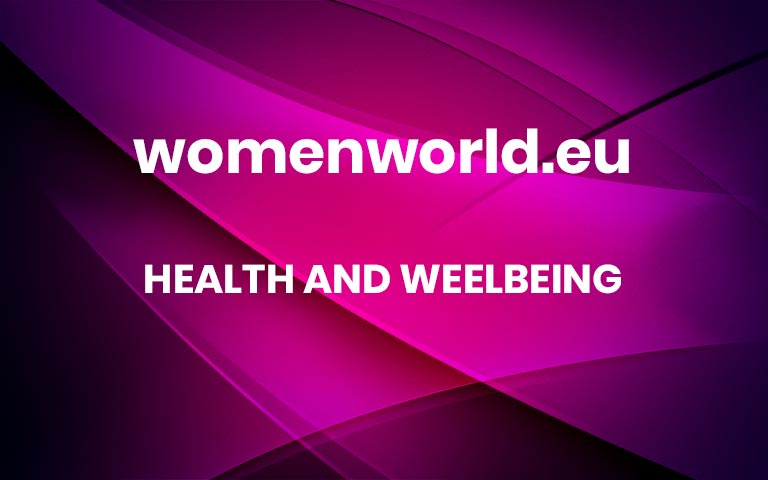How To Optimize Your Home for Your Hormonal Health
There are few things I loathe more than being told that something I do is “bad” for me. If you’ve been hanging around health and wellness circuits long enough, you’ve undoubtedly been told that just about everything you hold dear is bad for you in some way. At best it’s irritating, at worst, terrifying. And yet, here I am, writing the kind of article that’s likely to spike either your anxiety or your side-eye. For that, I’m sorry, but here’s why I’m writing it anyway: because I don’t feel hopeless about what I’m about to share, and I don’t think you should, either.
Looking out for your hormones might be the best thing you can do for your body. Your endocrine system (which houses your hormones) affects so much more than your reproductive system. It also affects your body’s ability to manage stress, optimize your metabolism, sleep better, and ultimately age more gracefully. The road to hormonal health is paved with roadblocks, and most of them are environmental. I grilled Ariele Myers, a licensed herbalist, fertility specialist, and founder of Wisdom of the Womb, to discuss how your physical environment can wreak havoc on your endocrine system and how you can protect your body from the worst offenders. Remember, it’s not about perfection here. Even the smallest effort can make a big difference.
Meet the expert
Ariele Myers
licensed herbalist, board certified acupuncturist, and fertility specialist
Myers founded Arieles Apothecary, where she worked with some of the top Reproductive Endocrinologists and IVF centers in the country to help hundreds of women on their hormonal health and fertility journeys. In 2016, she founded Wisdom of the Womb, an online platform to educate on all things reproductive health.
How does your environment affect hormonal health?
There are chemicals roaming around your food, skincare, and household products that are considered “endocrine-disrupting chemicals.” According to Endocrine.org, these chemicals interfere with your system by either mimicking your natural hormones, which makes your body think you’re in balance when you’re not, or by straight-up blocking hormone production. You’ve likely heard of the dangers of BPA, PFAs, and synthetic fragrance, but the list of endocrine-disrupting chemicals is so long it can feel a little hopeless. But awareness is the catalyst for change, and as folks have started sounding the alarm, a slow roll of conscientious companies have begun to make changes.
When I asked Myers which environmental factors were most important (and relatively easy) to avoid, she highlighted skincare, single-use plastics, and air quality. “Our skin is our largest organ, so anything we put on our skin should be as clean as possible,” she said, adding, “single-use (and really any) plastics tend to break down more easily, so we are literally ingesting plastic when we drink through a straw or a plastic coffee lid.” She also mentioned off-gassing from new carpets or paints can be detrimental, but if that’s not something you can totally avoid, try to keep windows open as much as possible.
How to clean up your life to optimize hormonal health:
Opt for eco-friendly brands:
Myers explained that the best thing we can do for our bodies is to care for the earth, which is why many of her recommendations to care for your hormonal health are also more eco-friendly options. “I tend to say that if the earth is not healthy, none of its inhabitants can be, so avoid the things that you know are terrible for the planet too.” It’s an excellent incentive to stand-up for environmental rights. If you’re worried about all the hidden chemicals in your products, look for the eco-friendly companies that are transparent about their ingredients. Small changes in our habits can lead to great benefits for the planet and our hormones.
Use non-toxic skincare:
Thankfully, there are a bevy of clean skincare brands that are easily accessible, affordable, and transparent. The Environmental Working Group (EWG) has a great free resource called the Skin Deep Database which rates beauty products’ safety based on their ingredients, so you can check to see if your favorites fall within a safe range. If they don’t, it’s a great tool to explore new brands.
Avoid plastics when possible:
Single-use plastics are arguably hard to avoid, but there’s been an uptick in conscientious companies that are trying to update their packaging to be more environmentally (and body) friendly. And there are a few tricks that can at least minimize your intake of single-use plastics. For example, if you’re a big fan of your daily coffee run, bring your own mug. Most coffee shops allow this and I personally prefer my glass mug with a silicone sleeve and lid. Trying to avoid food with plastic packaging is notably challenging (and more costly) but simply being aware of it might inspire you to shop where produce isn’t pre-packaged, at the very least. If you’re eating take-out on the go, keeping a stash of bamboo cutlery nearby is a solid move too.
Be intentional about improving air quality:
In terms of air-quality, investing in an indoor air purifier is never a bad idea. If that’s not in the budget, keeping windows open as Myers noted is key, especially after buying a new rug or piece of furniture that could be off-gassing. Adding plants to keep the air clean is a great move, as is switching to more eco-friendly, non-toxic cleaning products, and ensuring your candles are natural and non-synthetic.
Purify your water:
Micro-plastics and other chemicals can seep into public drinking water. The EWG has a free tap water database that can help you figure out what kind of water filter would suit your home best based on where you live. Avoid tap water when you can, and invest in a quality water filter for your home like LifeStraw and consider a shower head filter (contaminants can get into your pores too!).
Drinking Tea Balanced My Hormones More


